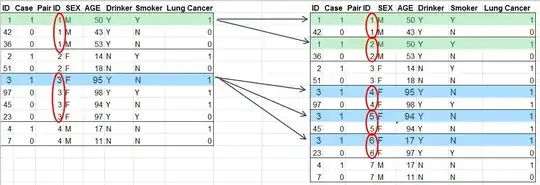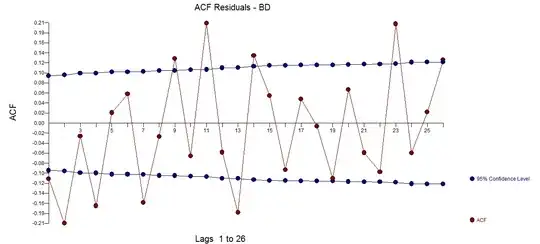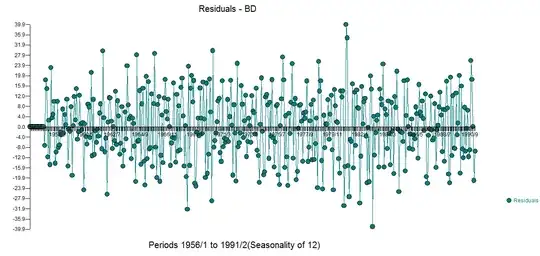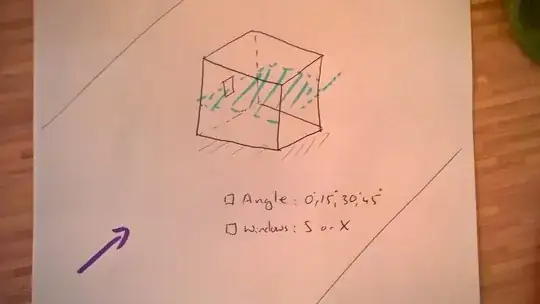I am trying to fit an ARIMA model to the following data minus the last 12 datapoints: http://users.stat.umn.edu/~kb/classes/5932/data/beer.txt
The first thing I did was take the log-difference to get a stationary process:
beer_ts <- bshort %>%pull(Amount) %>%ts(.,frequency=1)
beer_log <- log(beer_ts)
beer_adj <- diff(beer_log, differences=1)
. .
Both the ADF & KPSS tests indicates that beer_adj is indeed stationary, which matches my visual inspection:
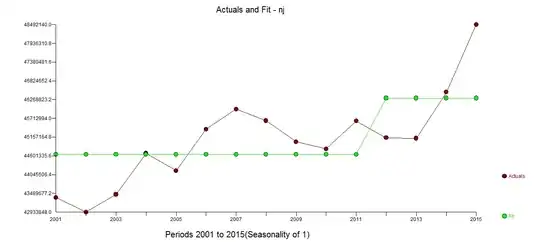 .
.
.
.
Fitting a model yields the following:
beer_arima <- auto.arima(beer_adj, seasonal=FALSE, stepwise=FALSE, approximation=FALSE)
summary(beer_arima)
Series: beer_adj
ARIMA(4,0,1) with non-zero mean
Coefficients:
ar1 ar2 ar3 ar4 ma1 mean
0.4655 0.0537 0.0512 -0.3486 -0.9360 0.0017
s.e. 0.0470 0.0517 0.0516 0.0469 0.0126 0.0005
sigma^2 estimated as 0.01282: log likelihood=312.39
AIC=-610.77 AICc=-610.5 BIC=-582.68
Training set error measures:
ME RMSE MAE MPE MAPE MASE ACF1
Training set -0.0004487926 0.1124111 0.08945575 134.5103 234.3433 0.529803 -0.06818126
. .
When inspecting the residuals, however, they seem to be serially autocorrelated at lag 12:

I am unsure how I am supposed to interpret this last plot - at this stage I would have expected white noise residuals. I am new to time series analysis, but it seems to me that I am missing some fundamental step in my modelling here. Any pointers would be greatly appreciated!
